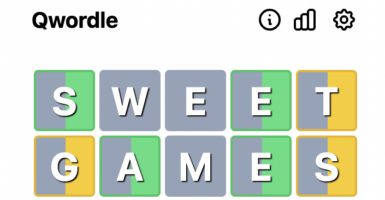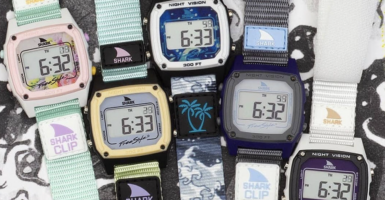Classic Toys You Might Remember If You Grew Up In The 60s And 70s
Toys and games have always been around, but postwar prosperity, mass media, and mass production all conspired to make the 1960s and ’70s a golden age for toys.
You may not have played with all of these iconic toys, but chances are good you owned at least a few of them.
Barbie Dolls
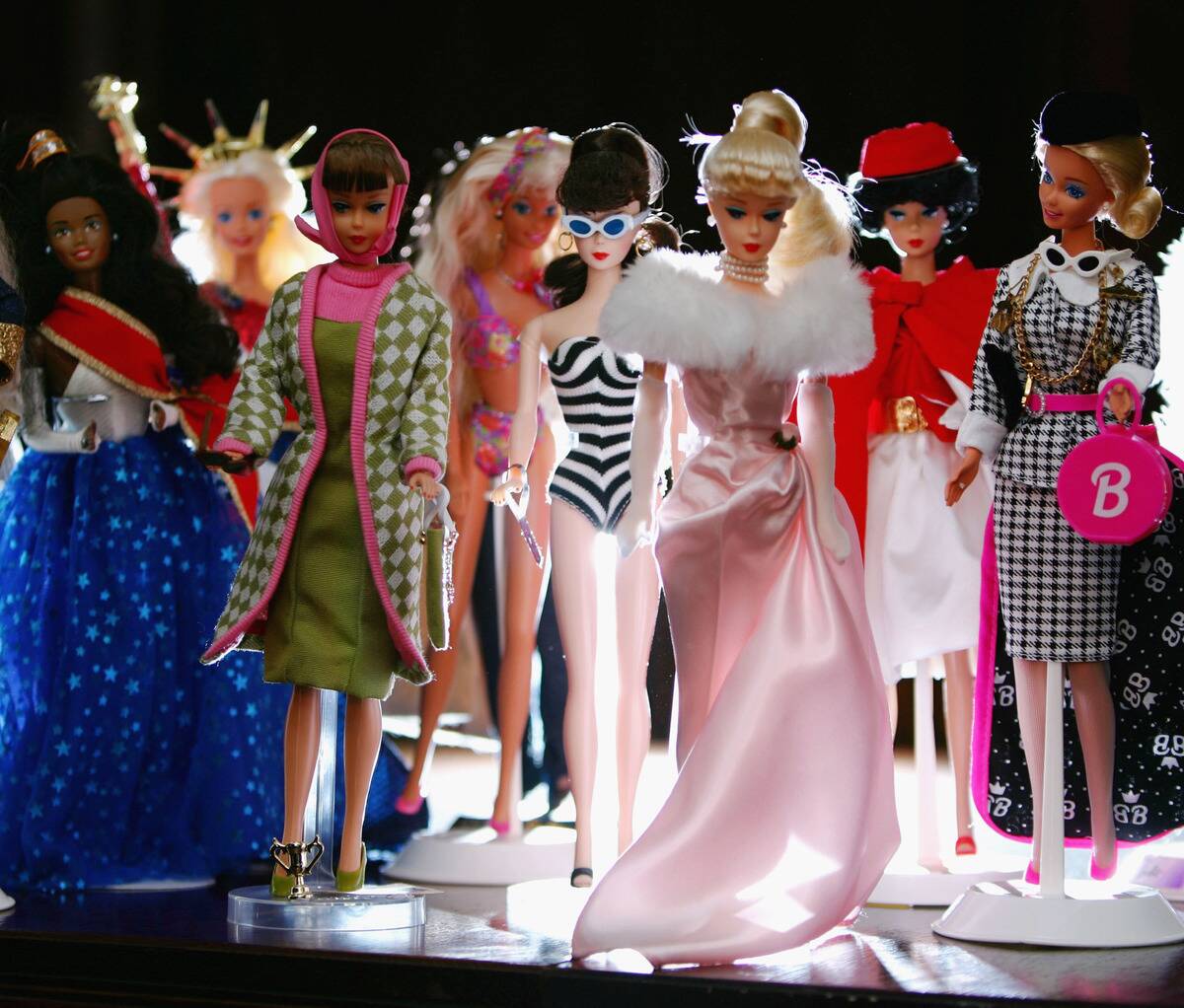
The now-iconic Barbie doll was first released by Mattel in 1959, and became a pop culture sensation in the decades to follow.
The doll first started out in a fairly staid housewife role, but by the 1970s Mattel expanded the lineup to include more diverse roles, including astronaut and doctor.
Stretch Armstrong
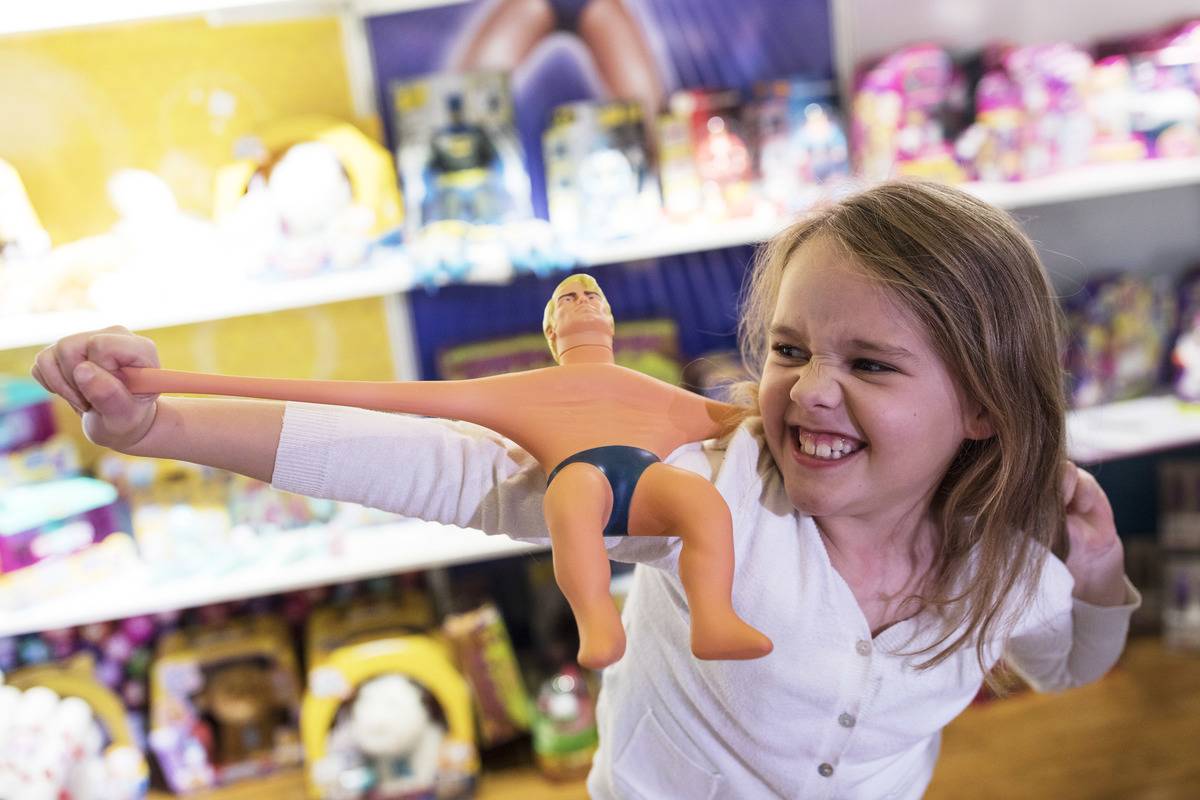
This unique doll, introduced by Kenner in 1976, was characterized by its unique, stretchable body that could be pulled out to four times its original size.
The gel inside the doll allowed it to return to its original form even after being stretched. While it was a popular toy for several years, it was discontinued in the ’80s.
G.I. Joe
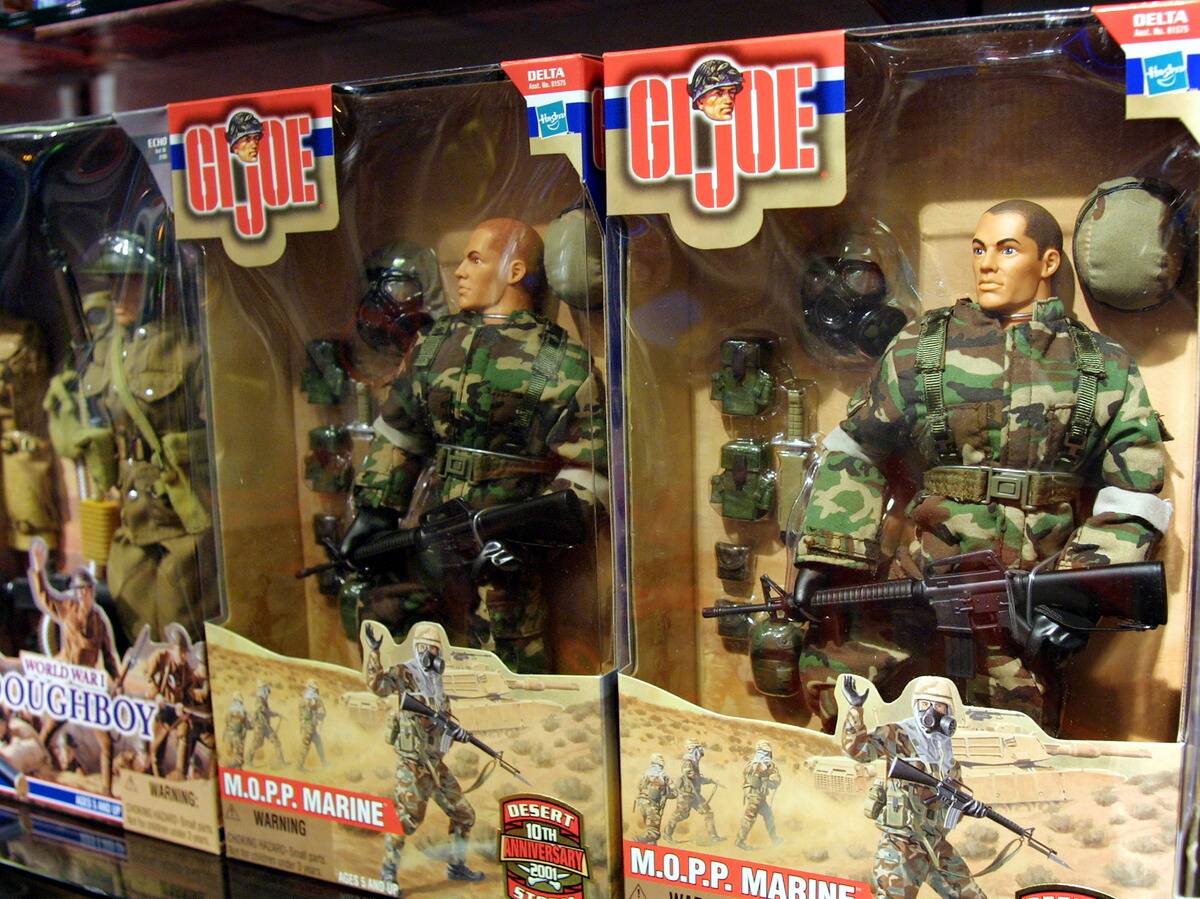
Seen by many as a male-focused counterpoint to Barbie, the G.I. Joe lineup was introduced by Hasbro in 1964 and was marketed as “America’s movable fighting man.”
G.I. Joe’s flexible joints allowed for more action-oriented play than competitors, and the lineup became a mainstay for boys of the era.
Star Wars Action Figures
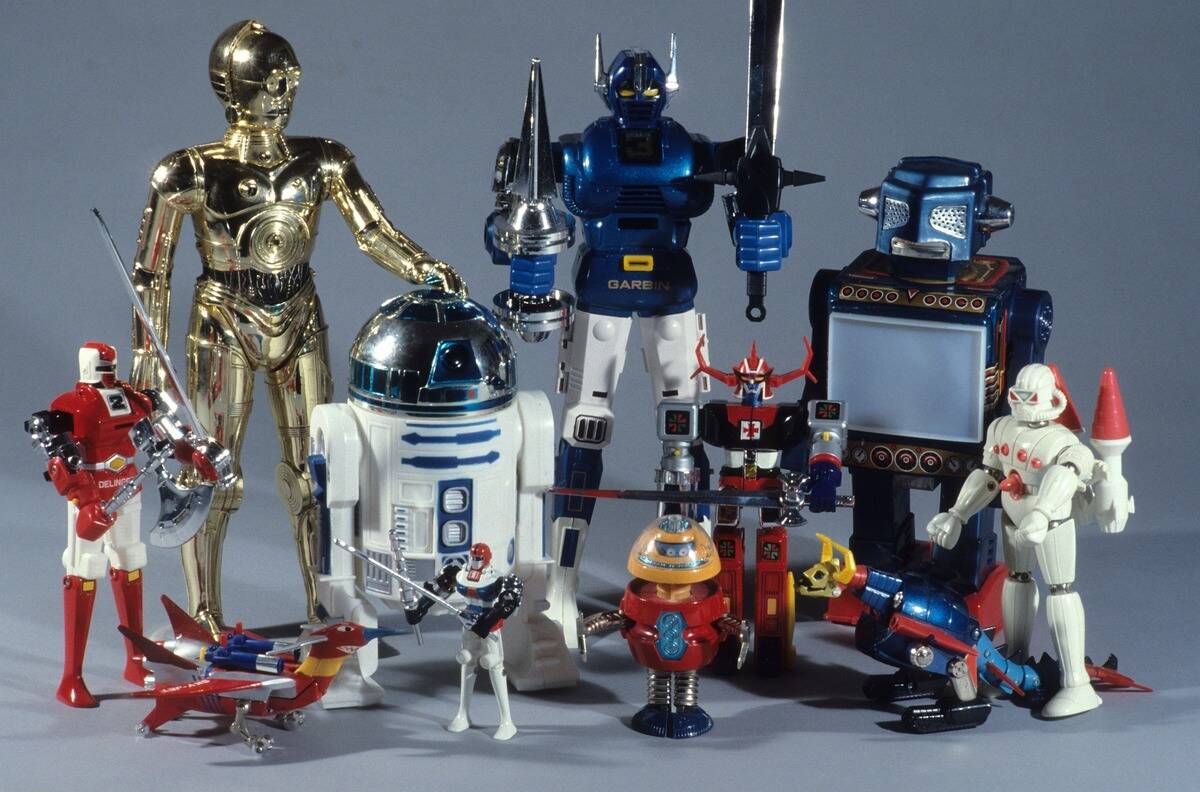
Star Wars practically invented the idea of the movie tie-in toy with its initial lineup of action figures, released in 1977 by Kenner to coincide with the release of the first movie.
The 3.75-inch figures were affordable (at the time) and collectable, and spawned an empire of further toys and tie-ins from the Star Wars universe.
Etch A Sketch
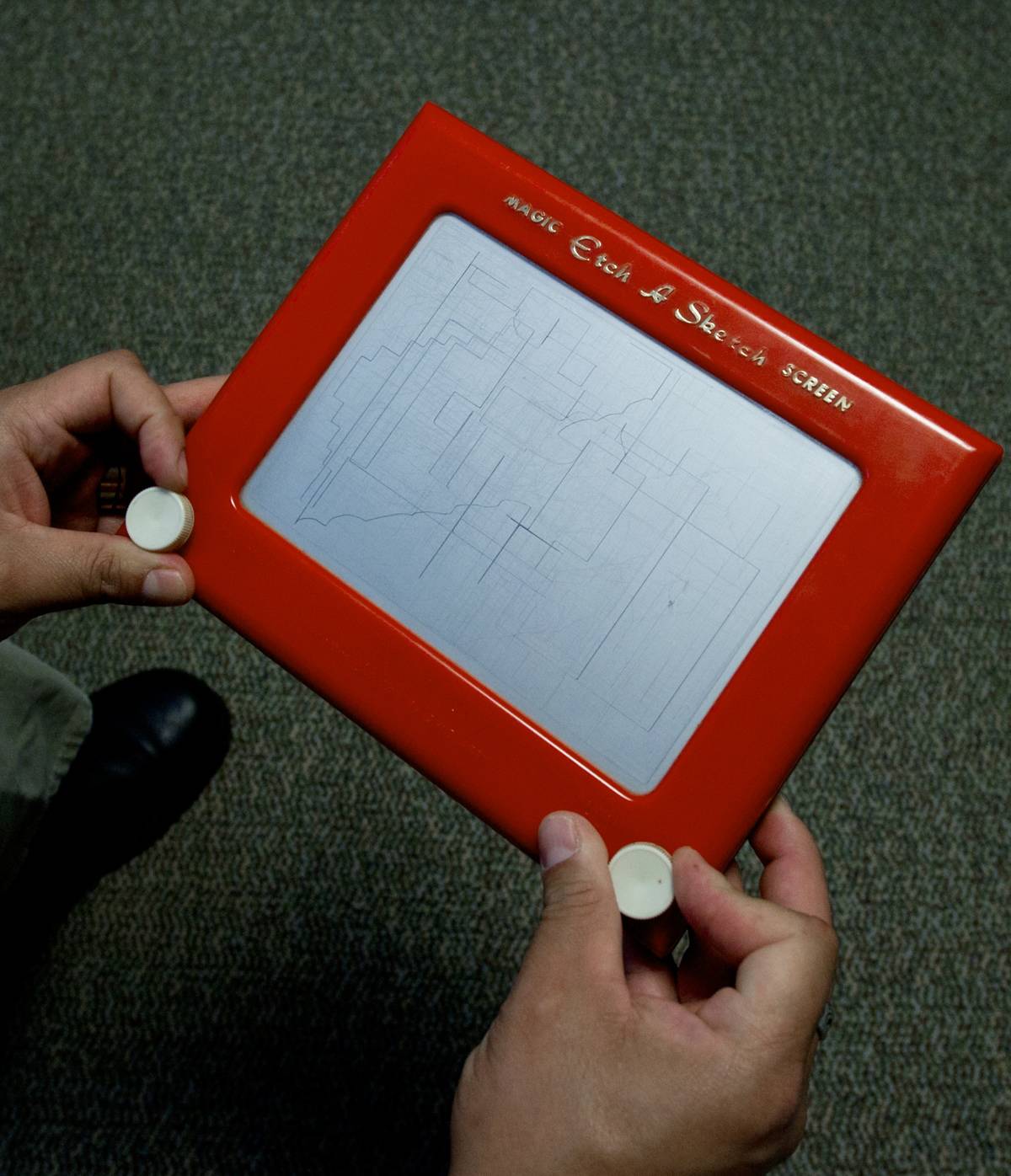
The Etch A Sketch was a seemingly magical toy when it was released by the Ohio Art Company in 1960: By manipulating its two knobs, it was possible to “draw” on its grey screen — and everything could be erased with a brisk shake.
While creating a cohesive image has always been a challenge, the enduring popularity of the Etch A Sketch proves that it’s a toy with timeless appeal.
Rubik’s Cube
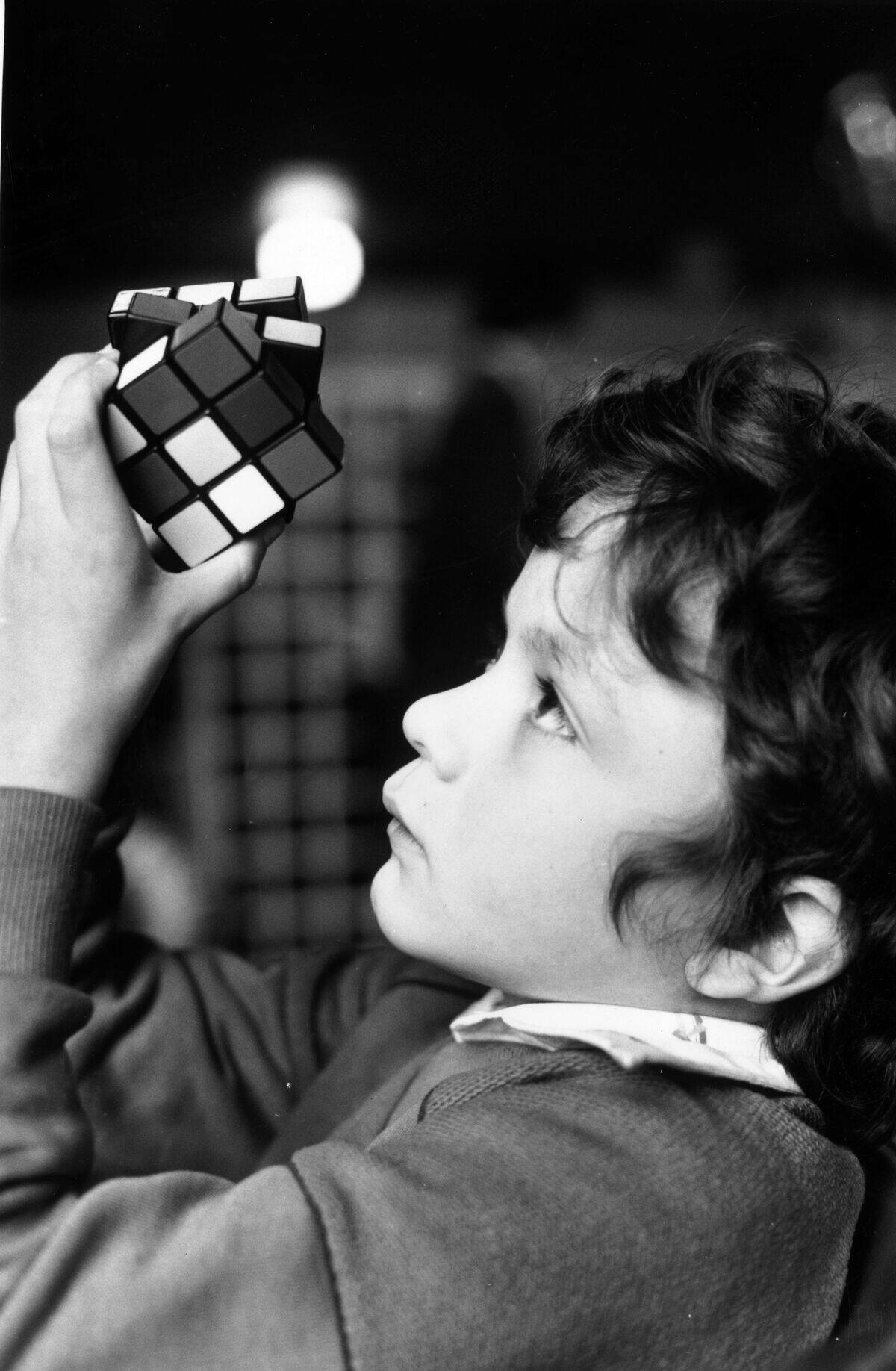
The invention of Hungarian architect Ernő Rubik, the Rubik’s Cube became a sensation after it was released internationally in the mid-’70s.
The toy posed a tricky challenge: Twist and turn its components until all sides were aligned with matching colors. The toy spawned a community of “speedrunners” who race to solve the puzzle the fastest.
Chatty Cathy
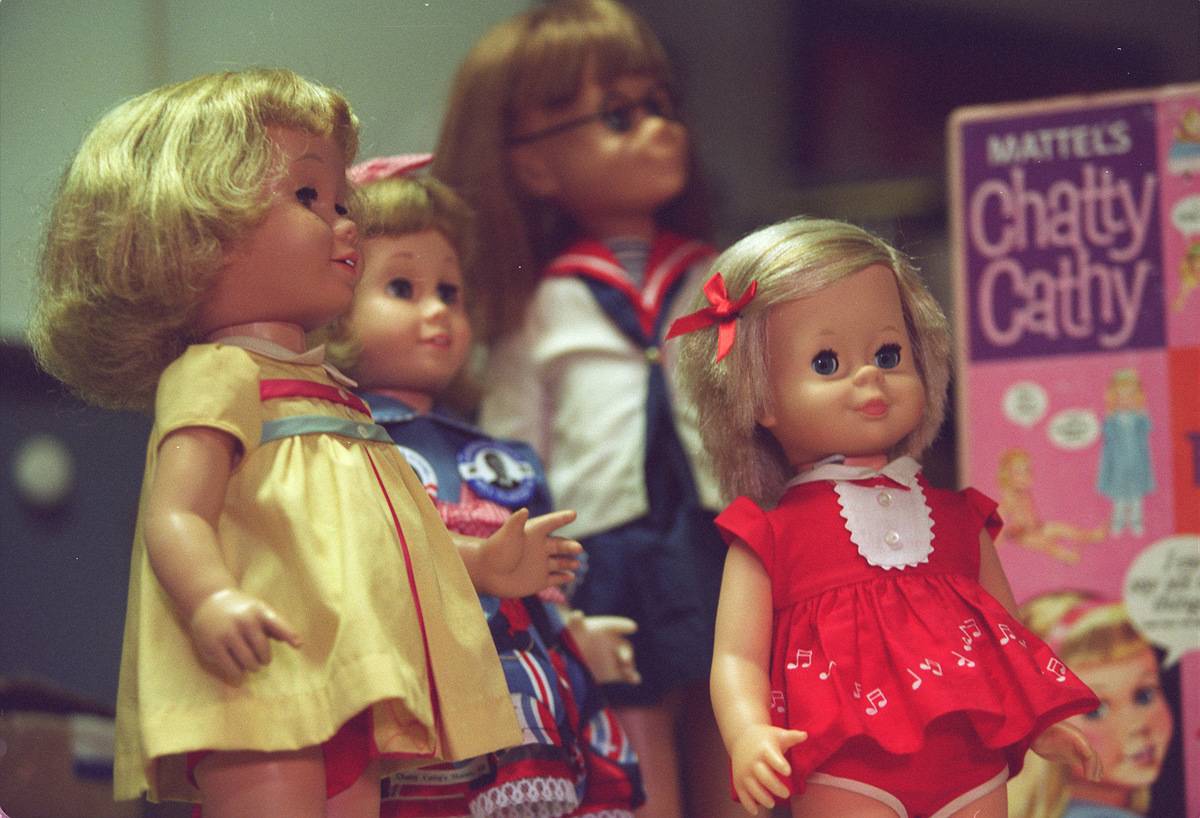
Toys that talk are nothing new, but when the first talking toys hit the market in the early 1960s, they created a sensation.
One of the first to be released, Mattel’s Chatty Cathy, featured a pull-string mechanism that would say a variety of phrases in a prerecorded voice. The doll was a major success for much of the ’60s.
Speak & Spell
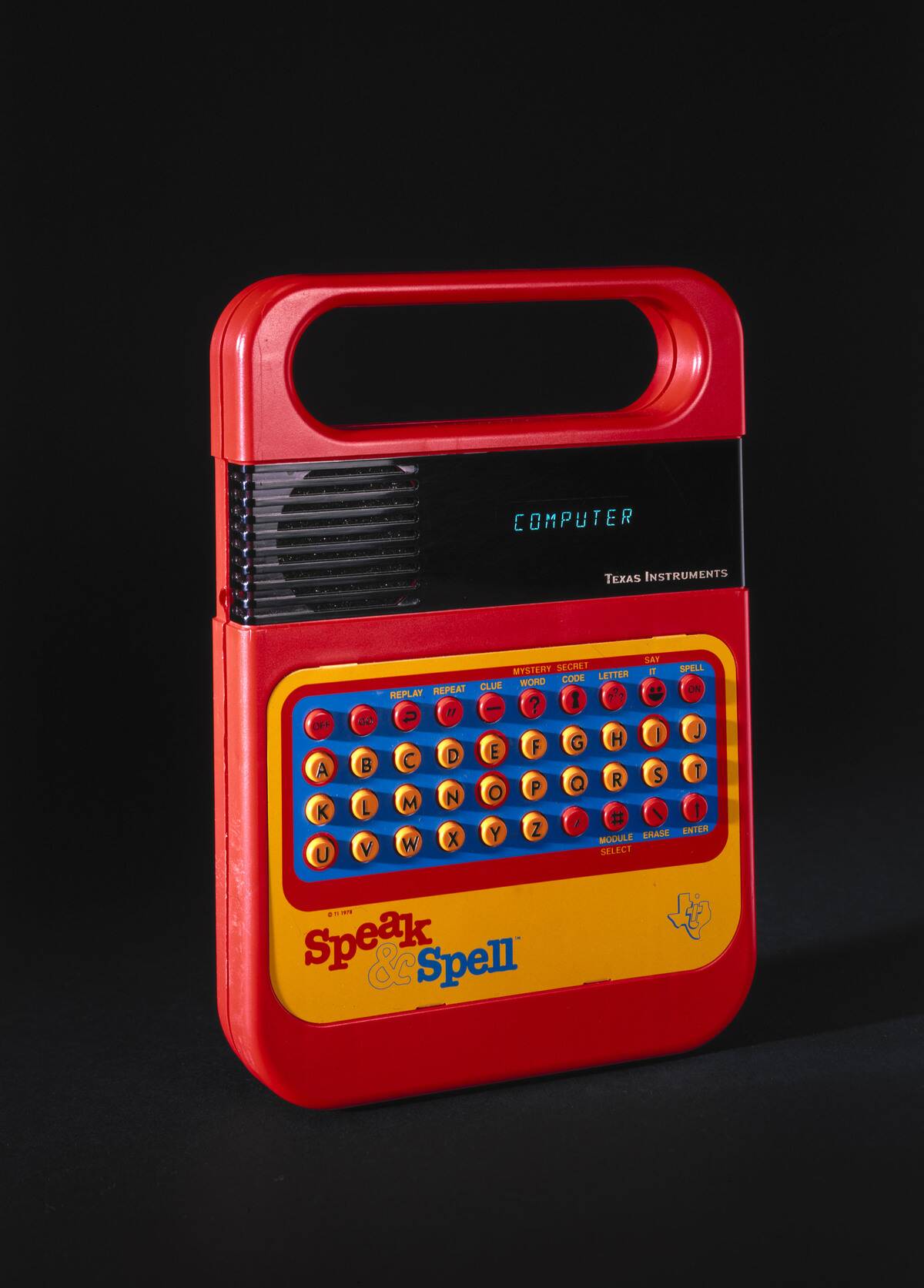
Before most homes had personal computers, the Speak & Spell offered a rudimentary kind of computer to kids of the late ’70s.
The groundbreaking toy used digital speech synthesis, which allowed kids to type a word onto the screen, then hear it played back to them using a digital voice.
Easy-Bake Oven
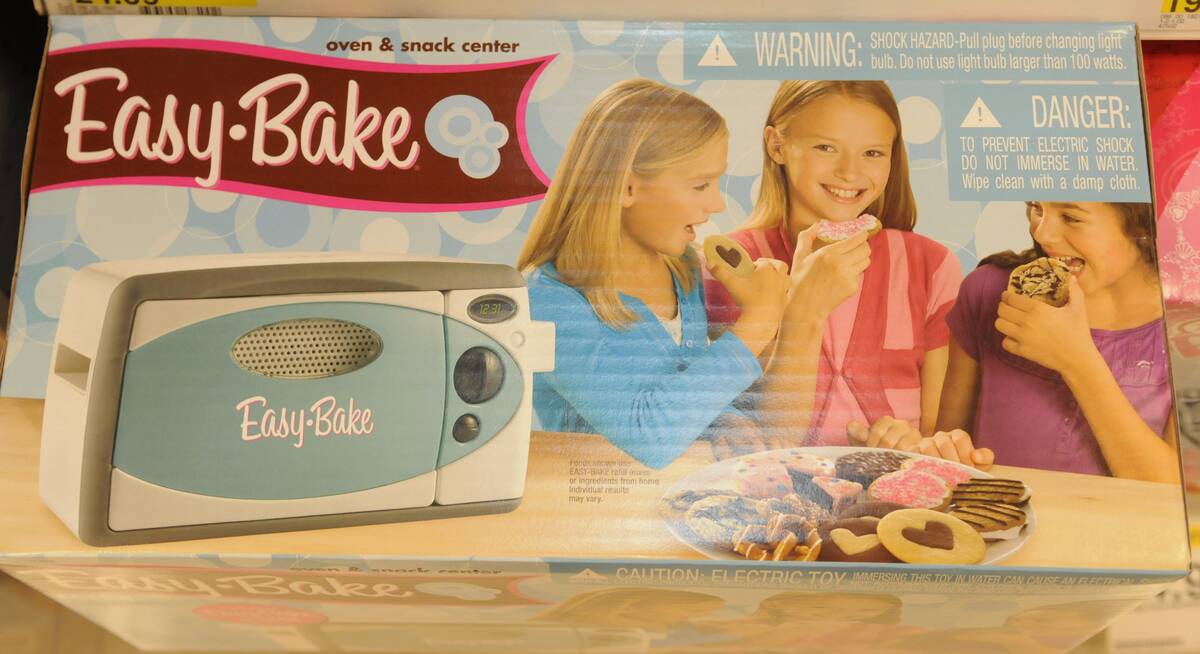
Baking cupcakes with a lightbulb doesn’t sound engaging, but the Easy-Bake Oven proved that when packaged correctly, such a device could be a hit.
The oven effectively allowed kids to experience hands-on cooking in a miniaturized form. It was a simple but innovative concept that’s remained popular to the present day.
Big Wheel
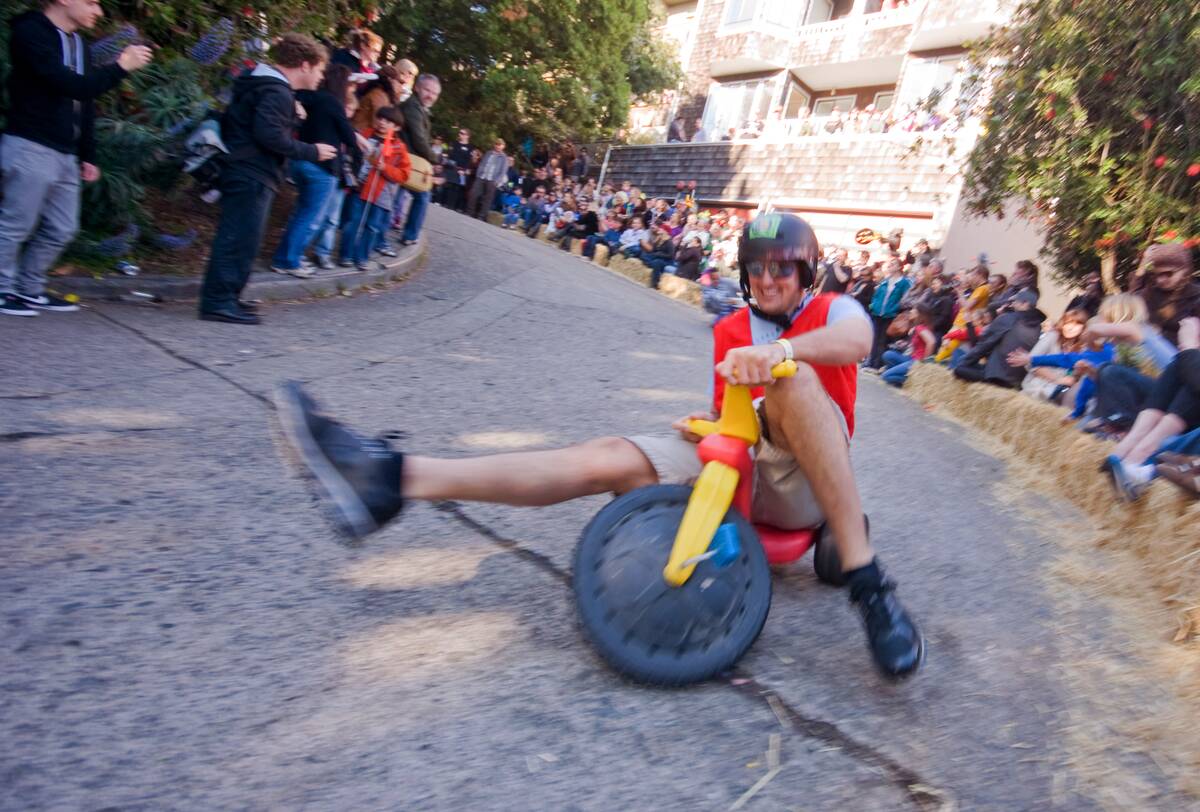
Toymaker Marx first released the Big Wheel in 1969, a ride-on toy with a namesake big wheel on the front.
Unlike conventional tricycles, the Big Wheel’s plastic construction made for a lightweight and durable experience, while its wheel allowed for quick turns and speed.
Rock ‘Em Sock ‘Em Robots
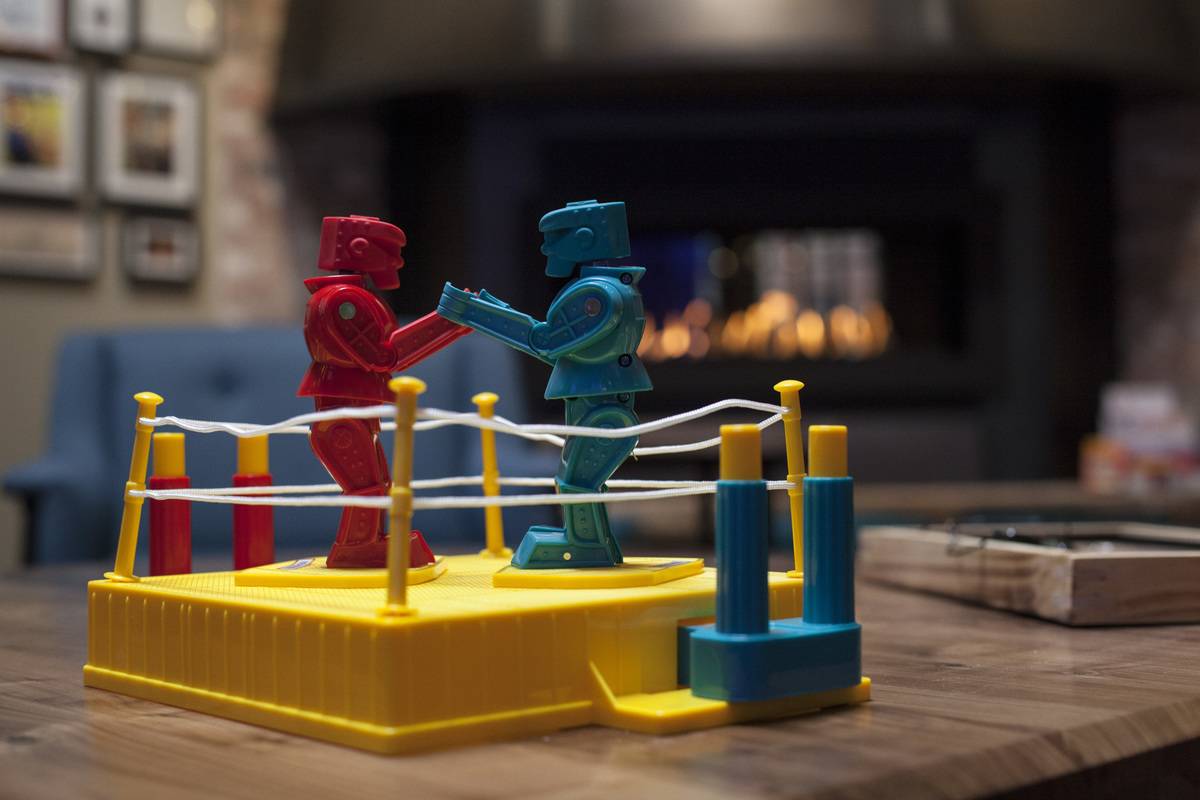
This classic toy, first released in 1964, features two plastic robots in a boxing ring that can be controlled by using buttons outside the ring.
The robots will pummel one another until one knocks the other’s head off, signifying the end of the round. The heads could be re-attached, of course.
Weebles
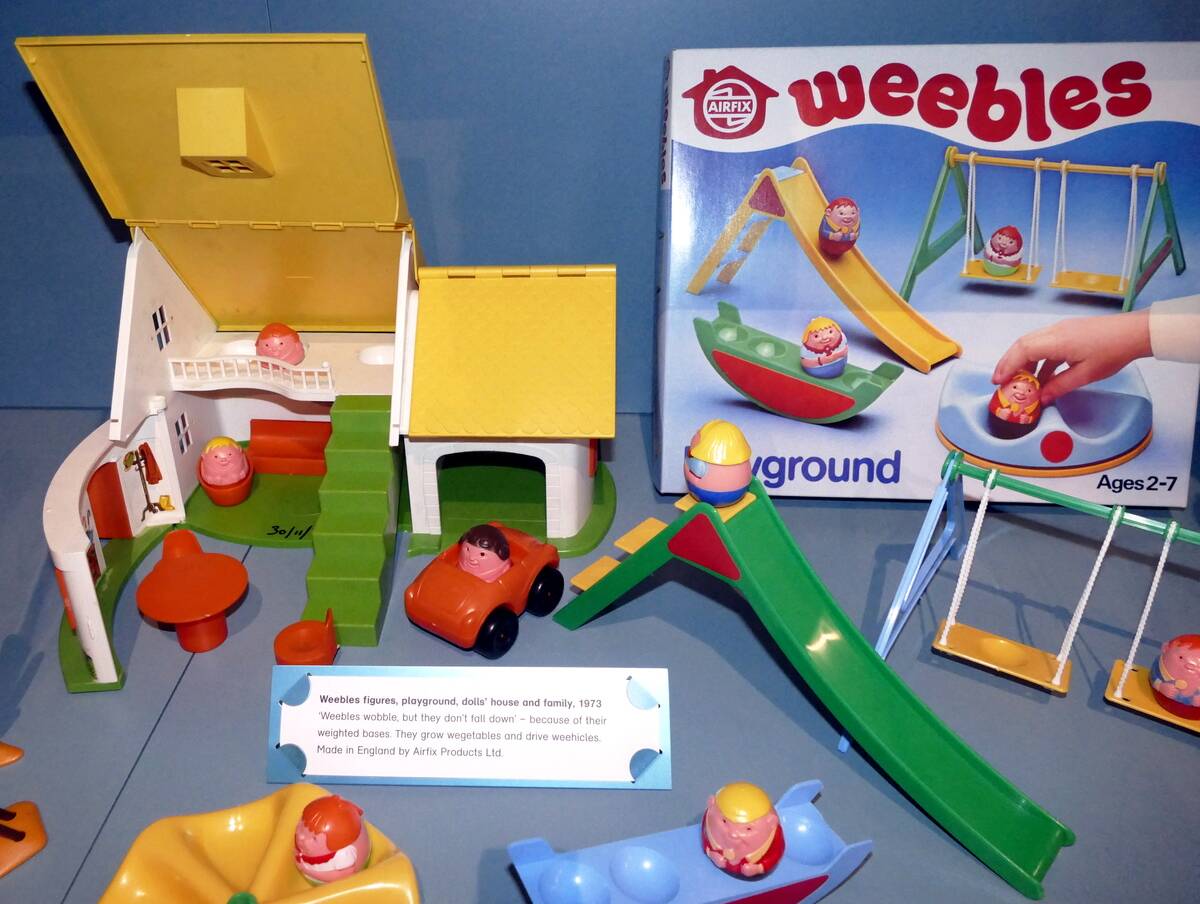
Hasbro’s Weebles featured an appealing lineup of unique, egg-shaped figures and accessories. The magic of Weebles lay in their shape and weighted bottom, which allowed them to wobble without falling over.
Hasbro found success with the lineup, which has seen several revivals in the years since.
View-Master
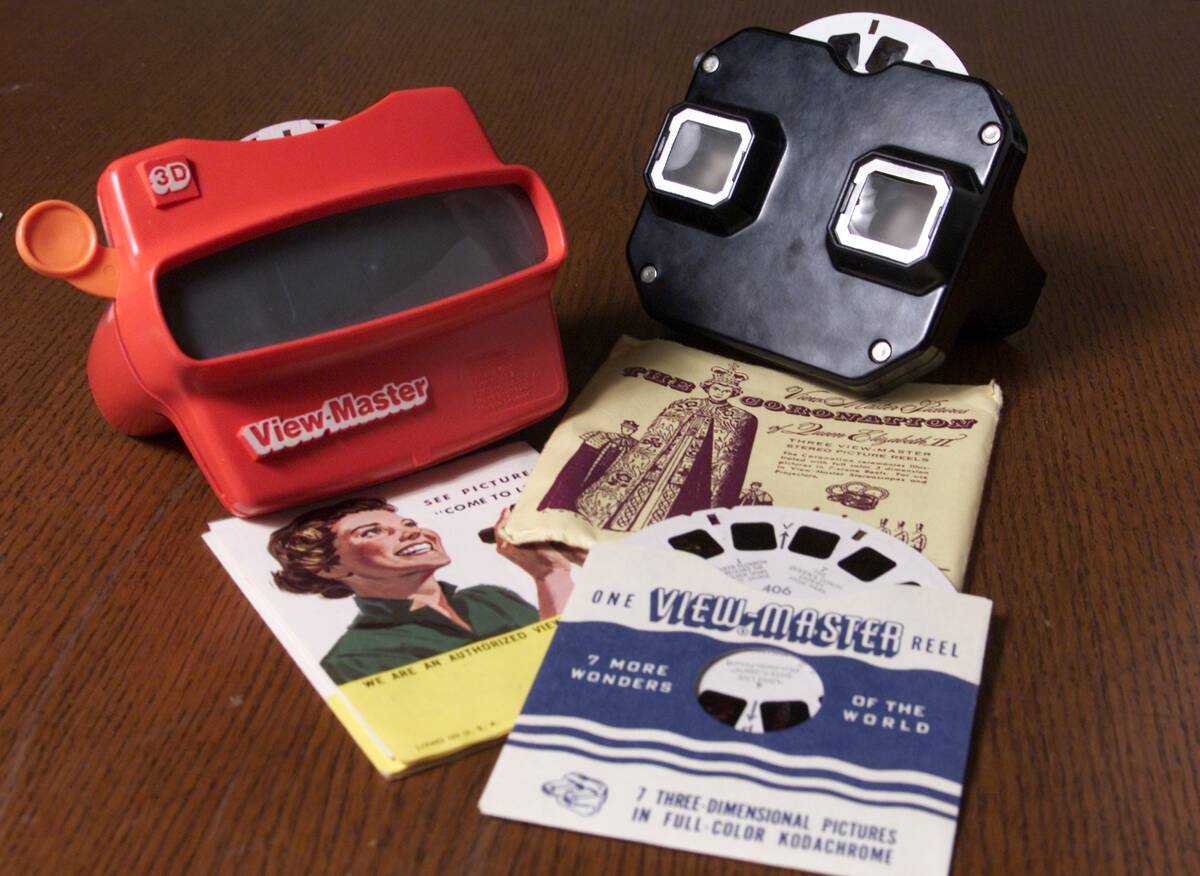
The View-Master was first introduced way back in 1939, but reached the zenith of its popularity in the ’60s and ’70s.
The toy consisted of the View-Master itself, which resembled a pair of binoculars, along with slides that could be inserted into the device for viewing.
Hungry Hungry Hippos
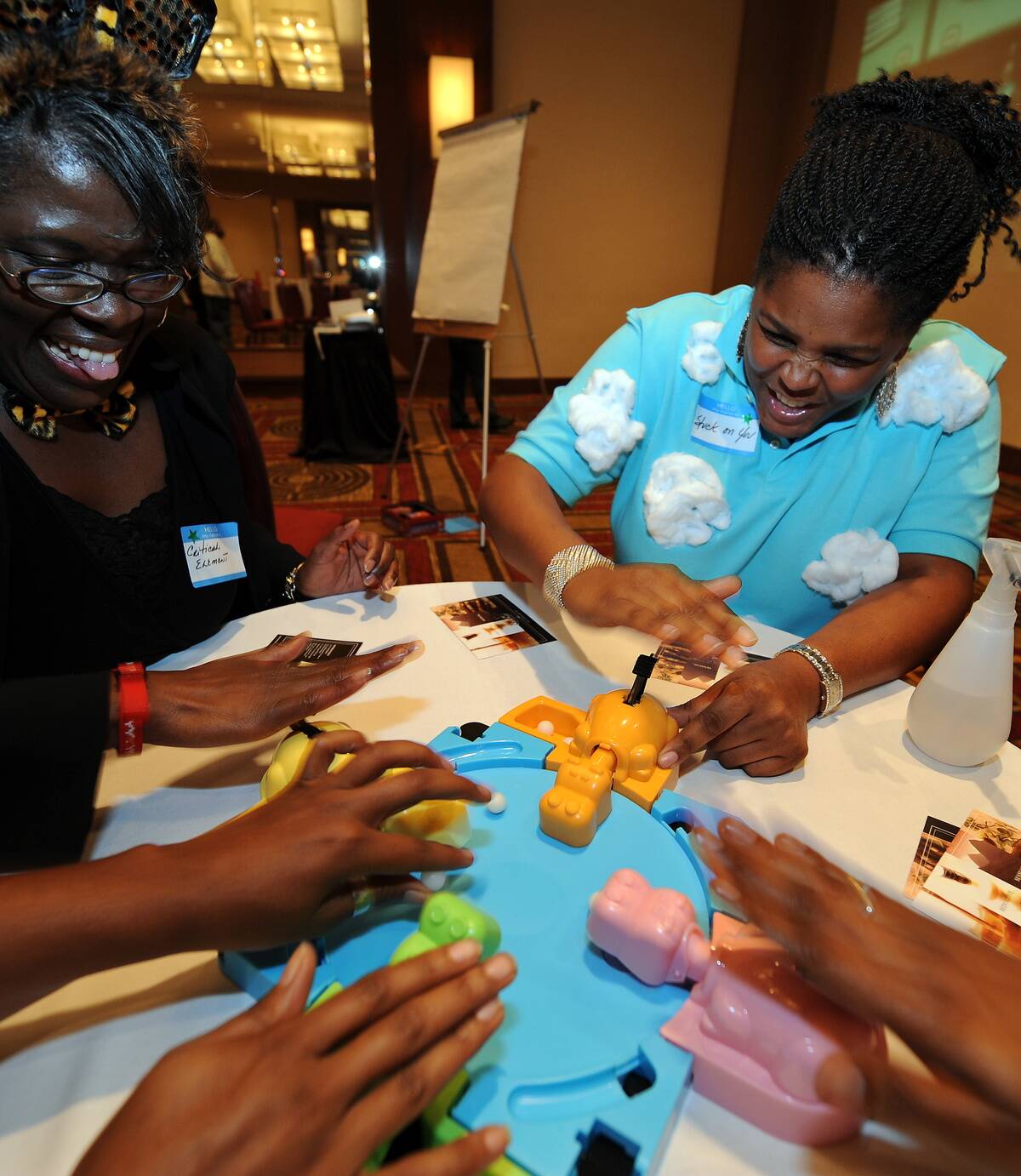
The frantic, chaotic action of Hungry Hungry Hippos has made it a popular game for decades, ever since Hasbro first launched it in 1978.
The game can be played by up to four players who frantically press levers to make their hippo chomp at marbles on the board.
Hot Wheels
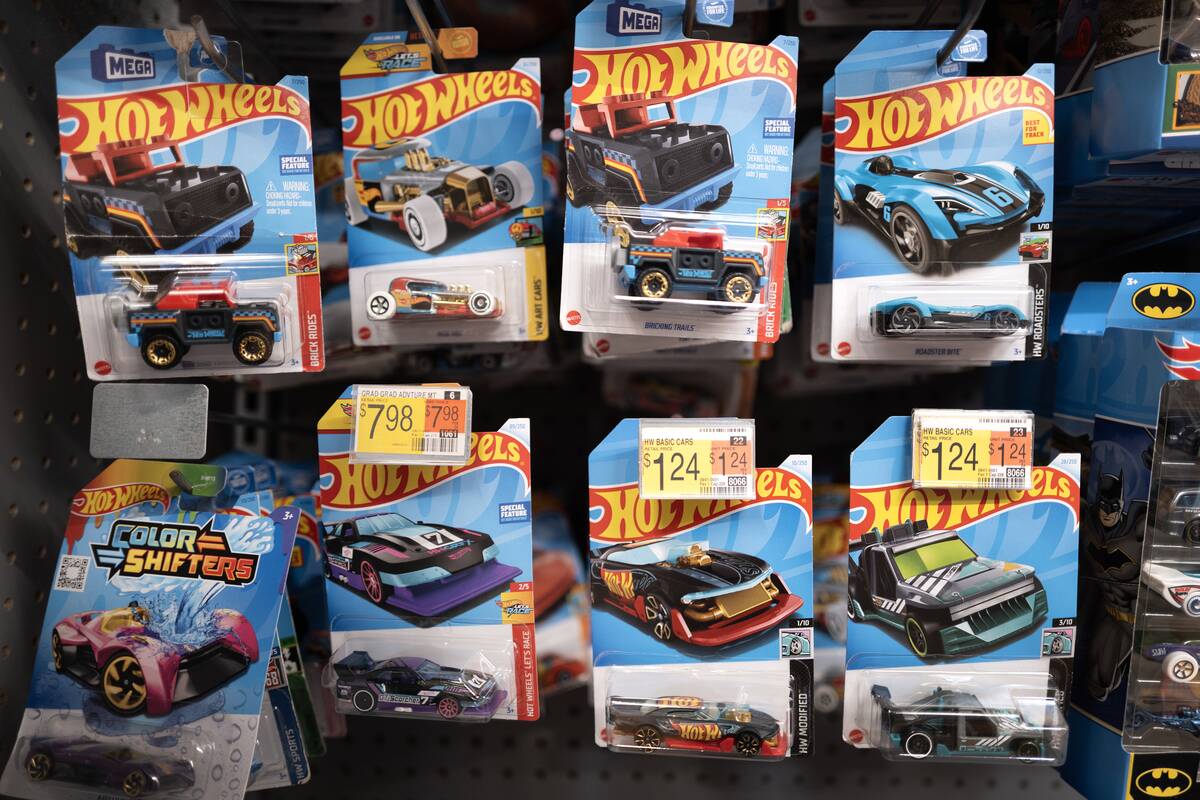
The appeal of miniature die-cast cars is self-evident: They’re inexpensive, durable, and visually interesting. While companies ranging from Majorette to Matchbox have created these toys, Hot Wheels is the most iconic brand.
The cars could be incorporated into elaborate raceway sets, which included plastic tracks and ramps for stunts.
Simon
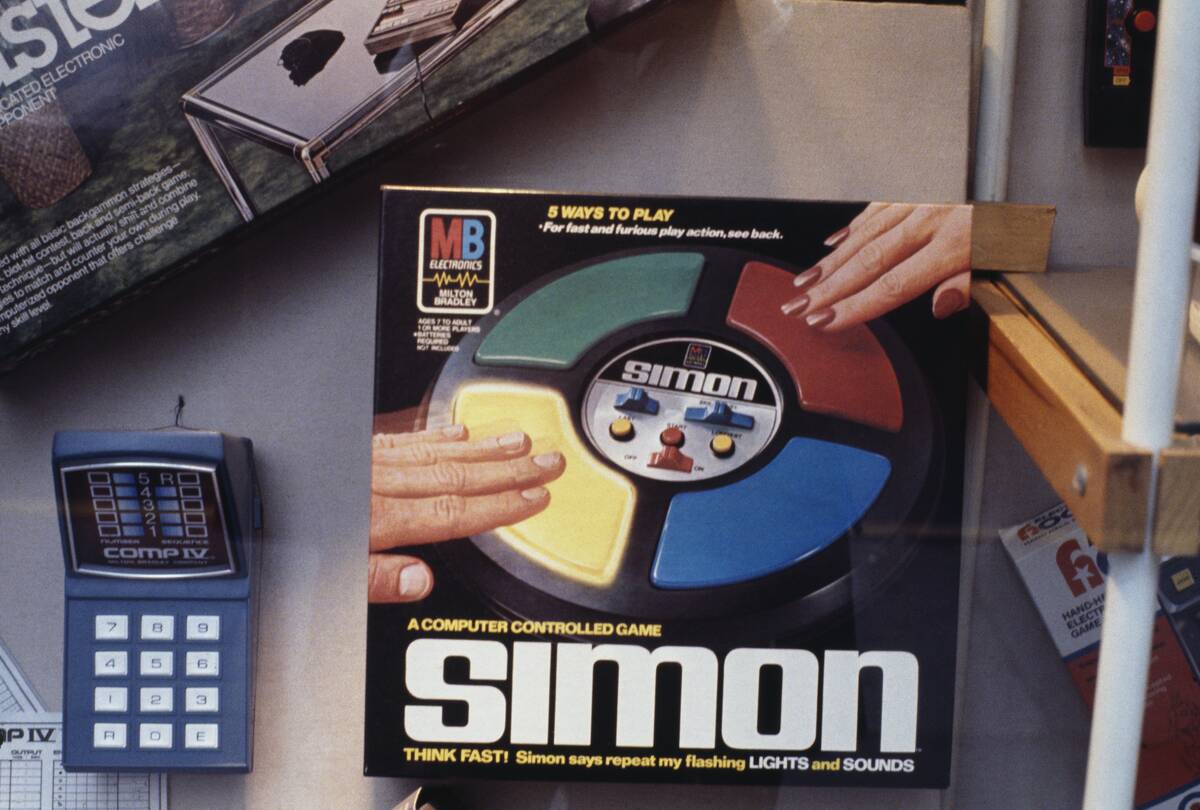
An early electronic game, Simon was released by Milton Bradley in 1978 and became an immediate sensation.
The device features four large buttons, each in a primary color. As the buttons light up in a randomized sequence, kids were challenged to memorize and then repeat the sequence.
Lite-Brite
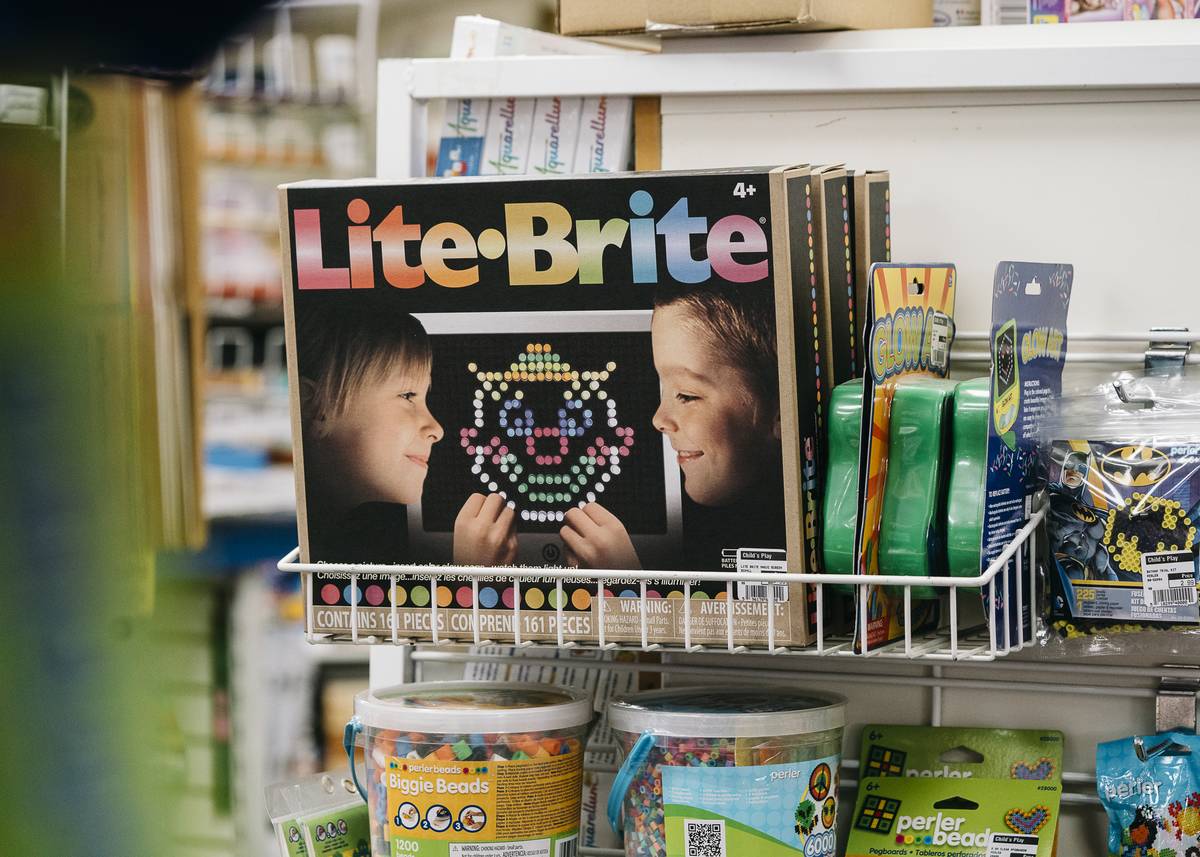
Hasbro first released this creative light-up toy in 1967, which allowed for the creation of custom art pieces using colored pegs pressed into a board.
Once a piece was created, it was time for the toy to (literally) shine, as a lightbulb incorporated into its design turned the art into a colorful, shining image.
Pet Rock
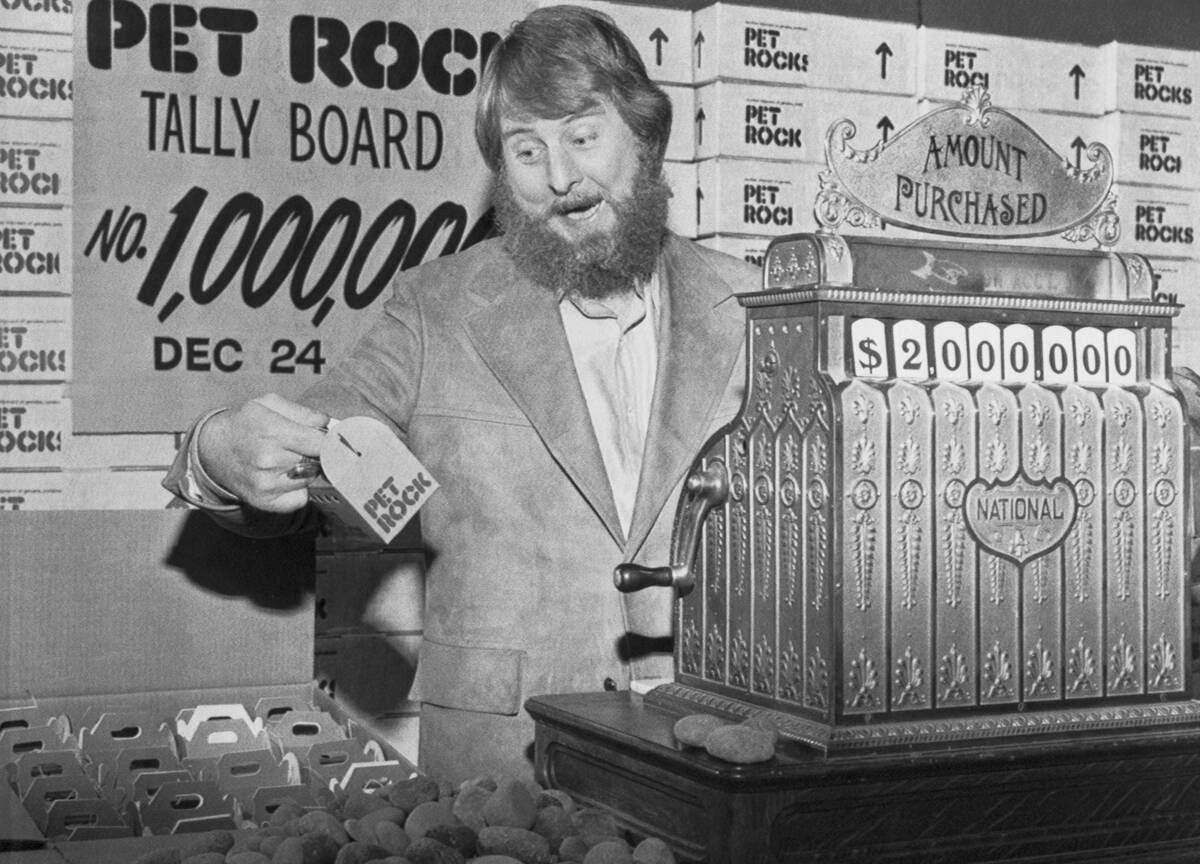
Gary Dahl introduced his tongue-in-cheek Pet Rock in 1975 and found an almost unfathomable level of success.
The toy was quite literally a rock, but it was packaged with materials that heavily implied that it was a pet to be taken care of. Though its popularity was short-lived, it remains a symbol of the quirky side of the ’70s.
Super Ball
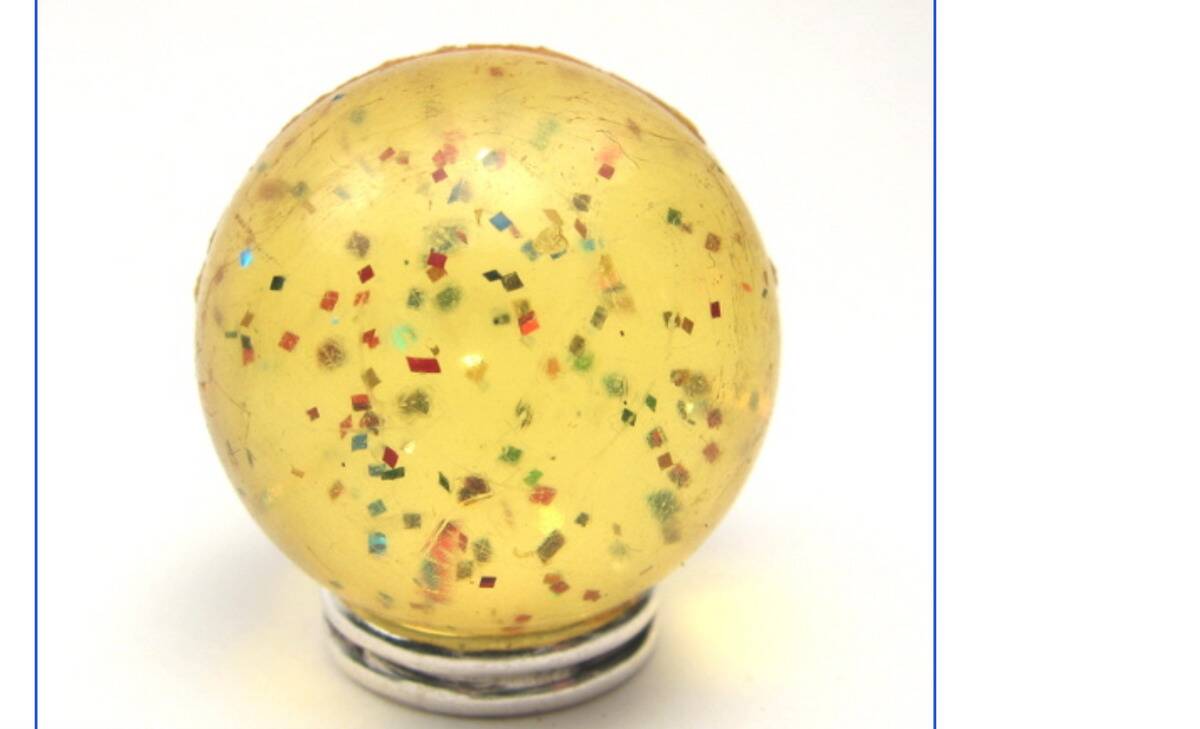
Small rubber balls with impressive bounce power have been a feature of vending machines for decades now, so it’s easy to forget that these were once groundbreaking toys with a brand name: The Super Ball.
Wham-O created this first generation of bouncy balls, which were made of a special, elastic material called Zectron. It’s easy to see why these were so captivating.
Mastermind

The ’70s saw an explosion of creative new board games, and Mastermind — launched in 1971 by Invicta Plastics — is a cerebral two-player game in which one player creates a secret code, and the other works to solve it.
It was a marked departure from the largely mindless board games of the ’60s, as Mastermind challenged players’ logical thinking, deduction skills, and memory.
Spirograph
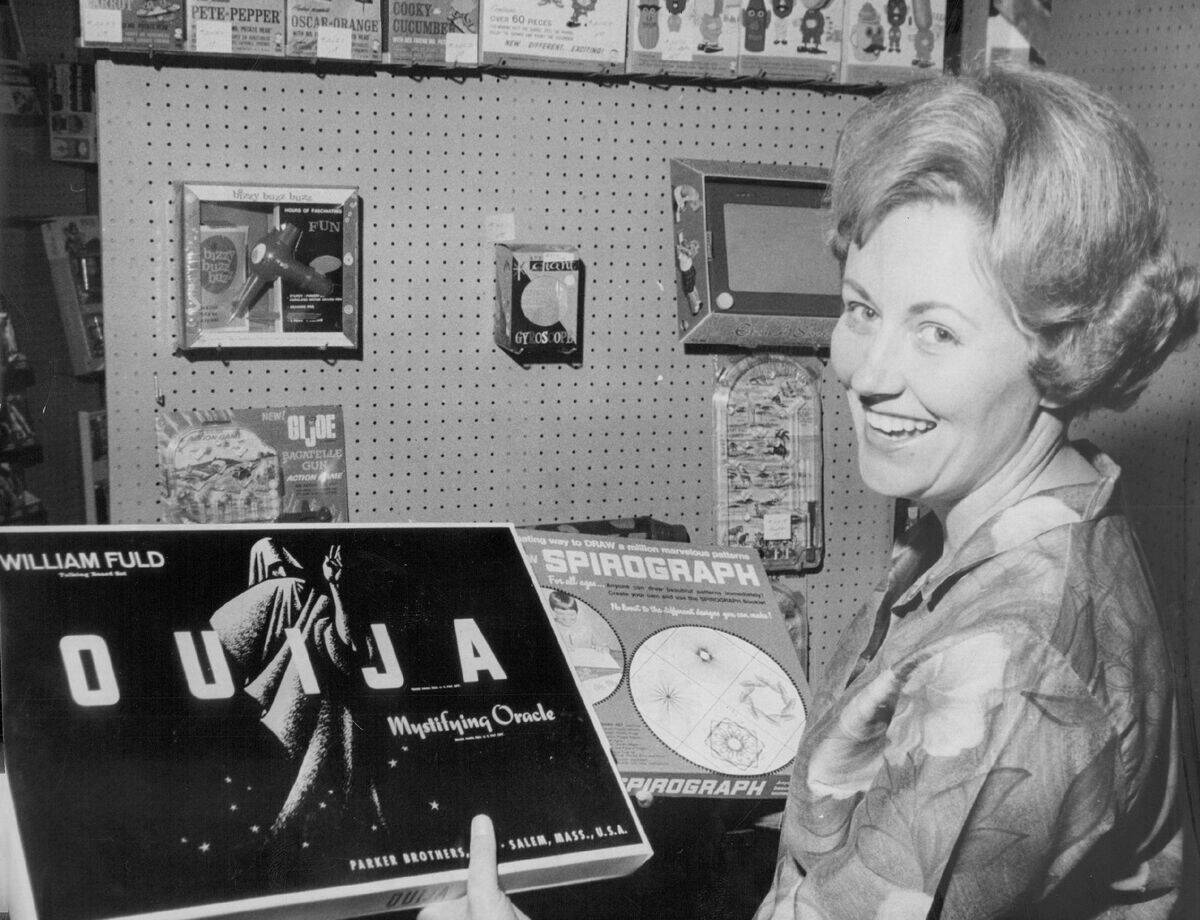
Kenner’s Spirograph, first introduced by Kenner in 1965, allows artistic types to create intricate spiral designs using a set of plastic gears and wheels, then tracing a pen through holes on the wheels.
While it can be tricky to get started with a Spirograph, a dedicated artist could create some seriously impressive, mesmerizing designs.
Silly Putty
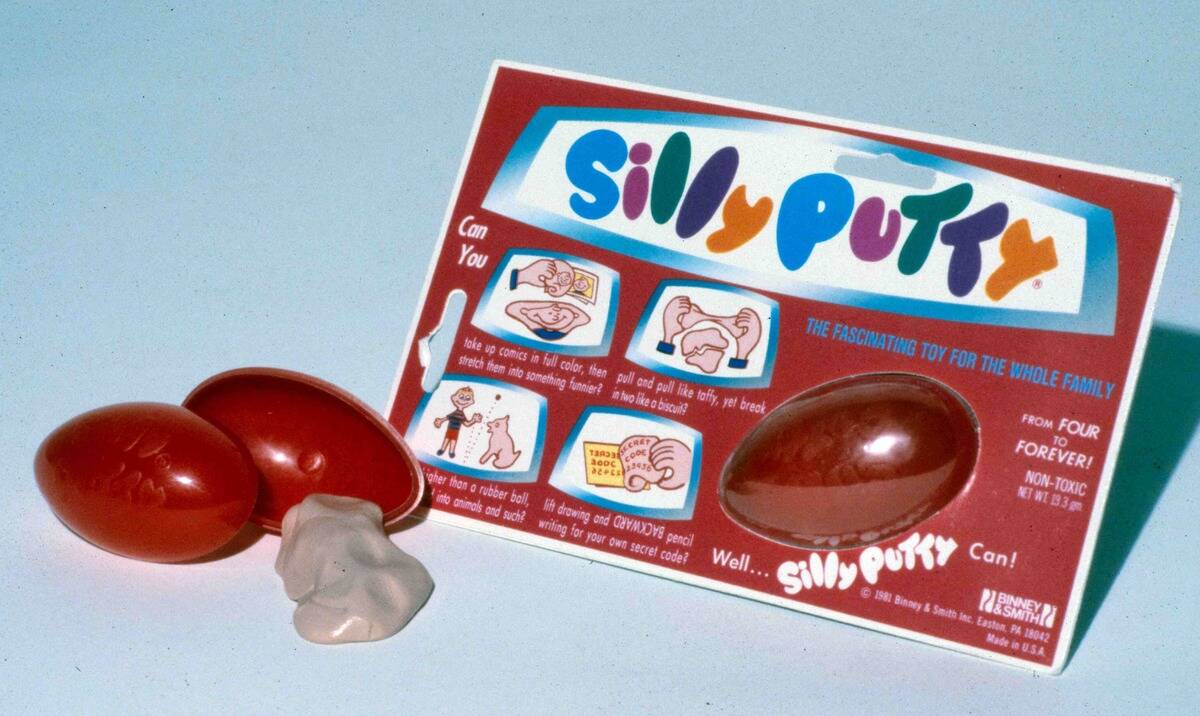
Silly Putty was first introduced in 1950 and became a mainstay for decades to follow. A low-cost, compact and versatile toy, Silly Putty has unique properties that allow it to be stretched, molded, and even bounced.
A favorite pastime for anyone with a pod of Silly Putty was to press it against newsprint, which would create an instant copy of what was on the page — a copy that could then be stretched and warped.
Magic 8-Ball
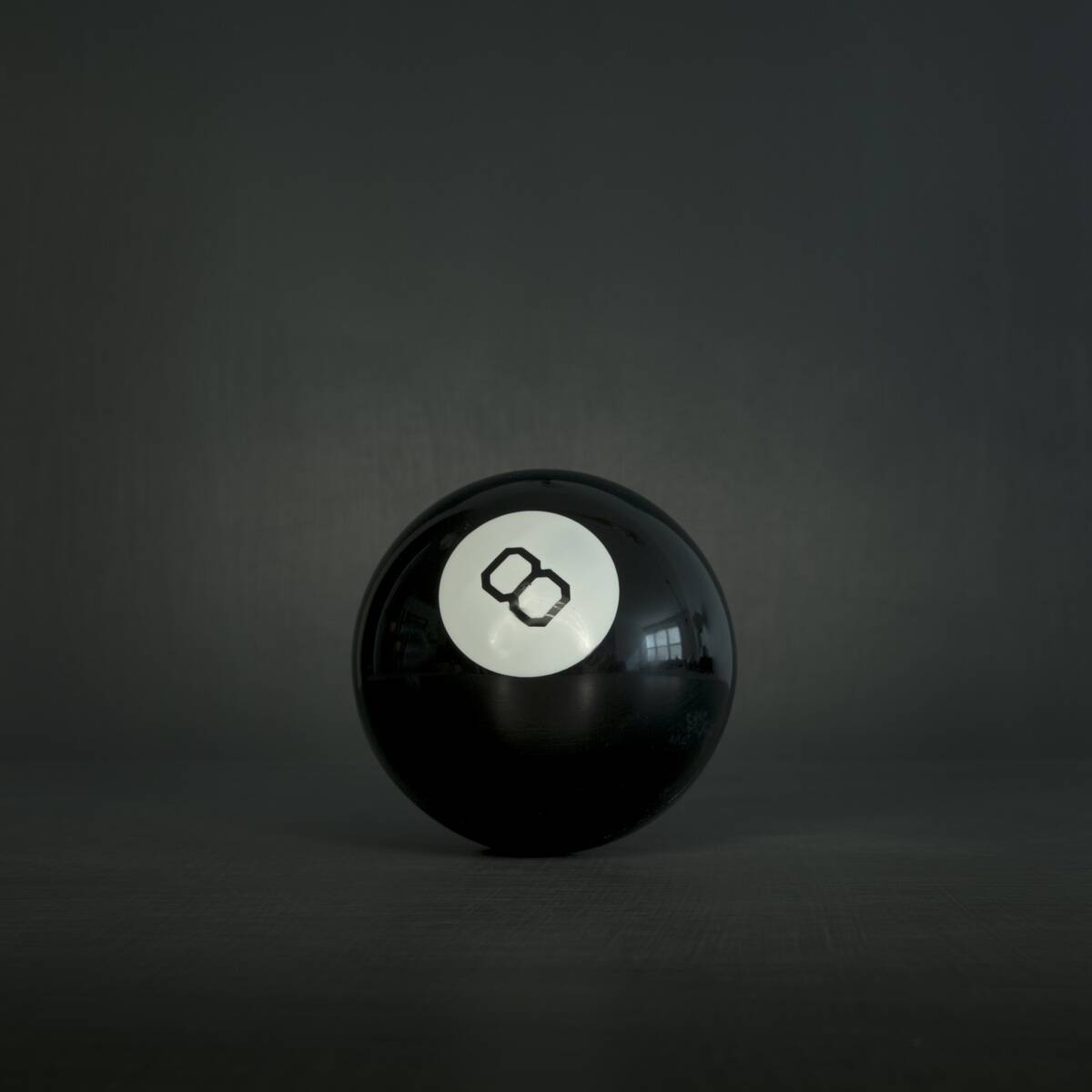
The Magic 8-Ball was first introduced in 1950, but became a symbol of the ’70s after slowly growing in popularity for years.
The ball featured a liquid-filled interior that contained a 20-sided die with various answers, along with a porthole for viewing. Users were encouraged to ask it a question, shake it up, then seek its answer.
Wizzer
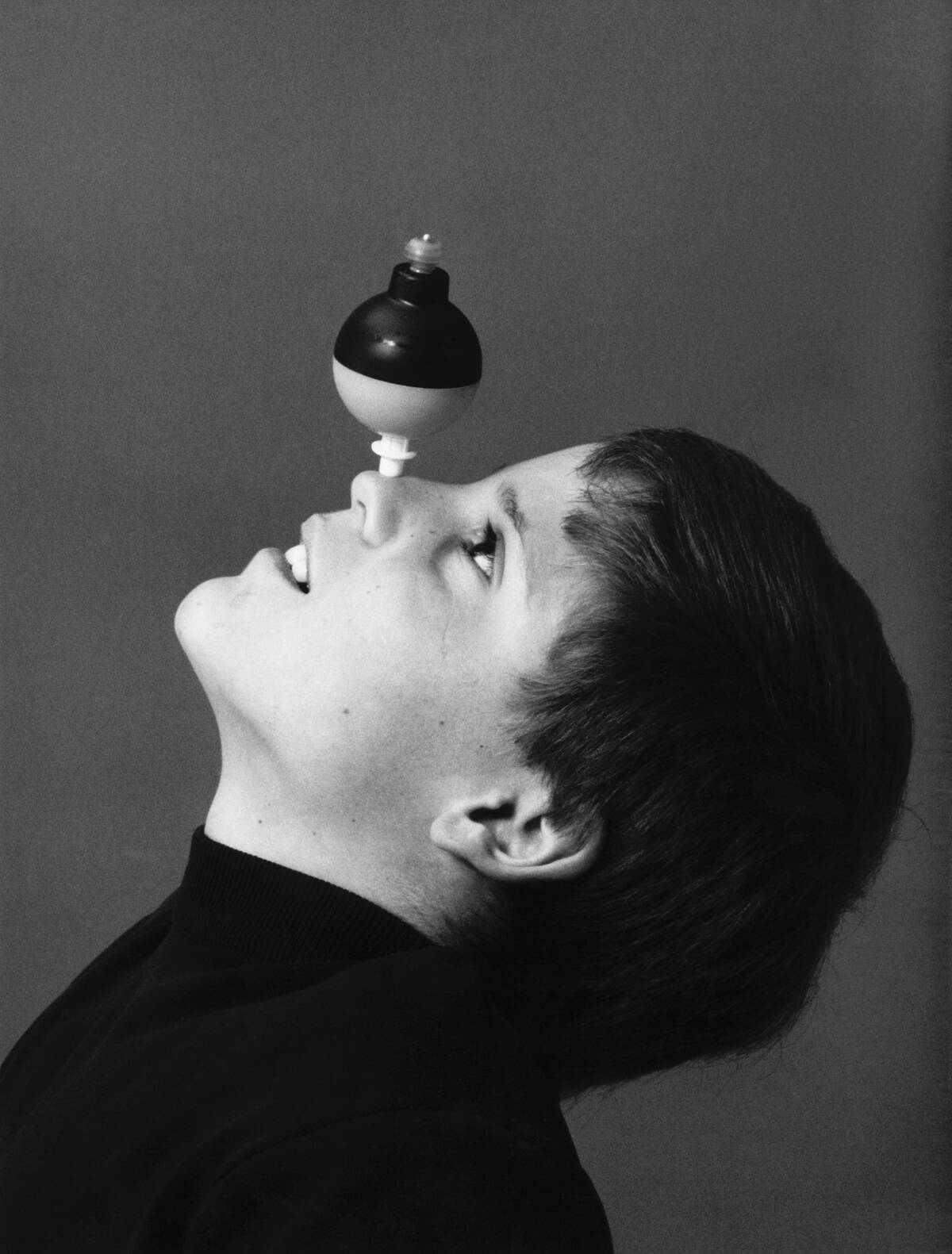
Spinning tops have always been popular toys, and over the years they’ve been innovated on many times. One of the most successful examples is the Wizzer, which was popular throughout the ’60s and ’70s.
The toy consisted of a small plastic or metal top with a string wrapped around it. By quickly pulling the string, the Wizzer would spring to life and start spinning.
Game of Life
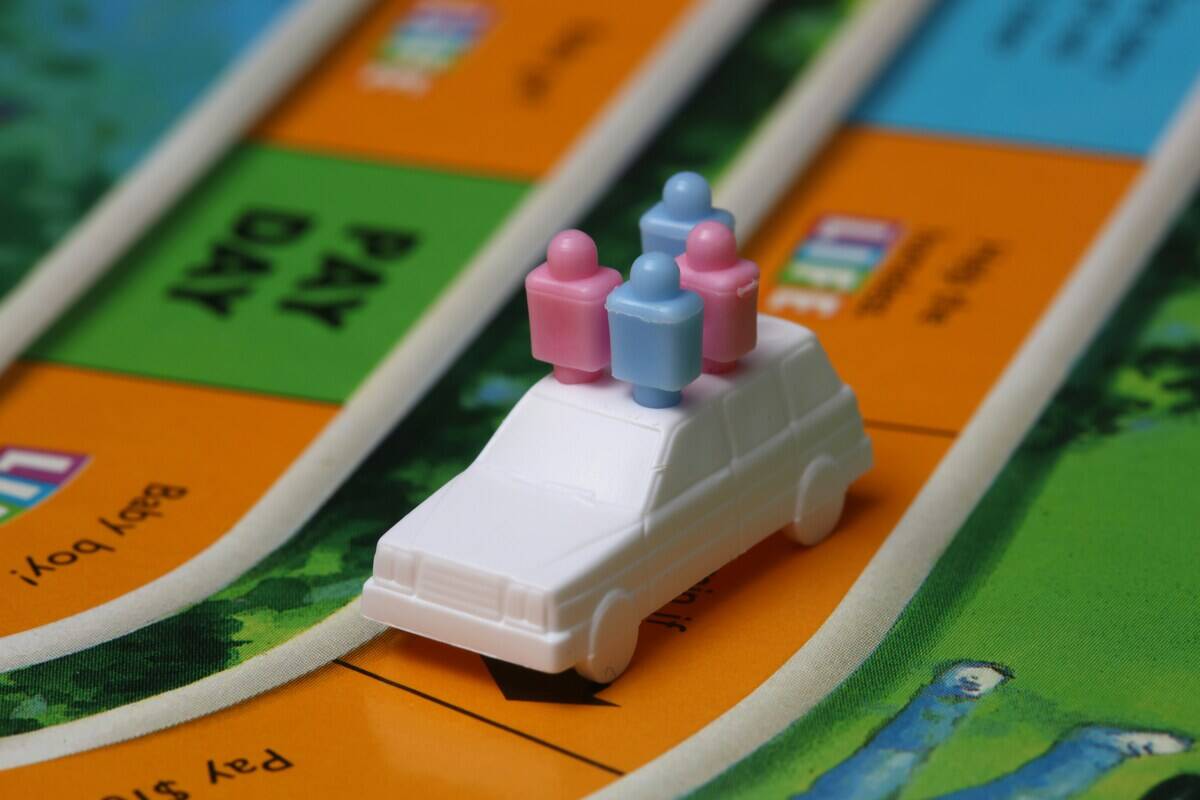
While it’s fairly basic by modern board game standards, the Game of Life has enduring popularity regardless.
The game was first created way back in 1860, but a reboot in 1960 created the modern game we know today. Players navigate a colorful board that takes them through many of the milestones — and pitfalls — of adult life.
Clackers
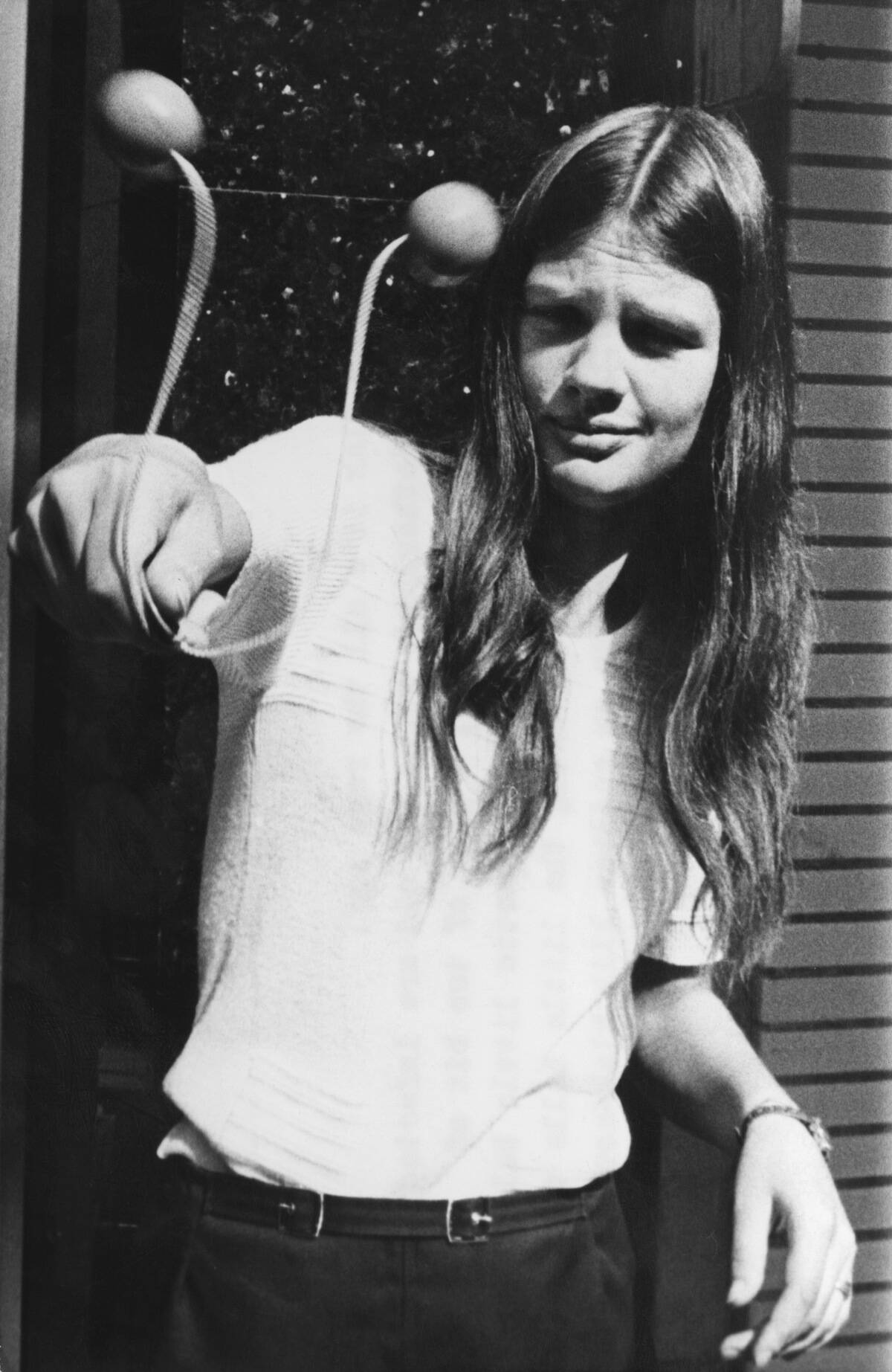
Named for the distinctive noise they would make when smashed together, Clackers consisted of two plastic balls, attached by a string.
There were countless ways to manipulate the toy, but most revolved around swinging it around to create a fun and noisy challenge.
Twister
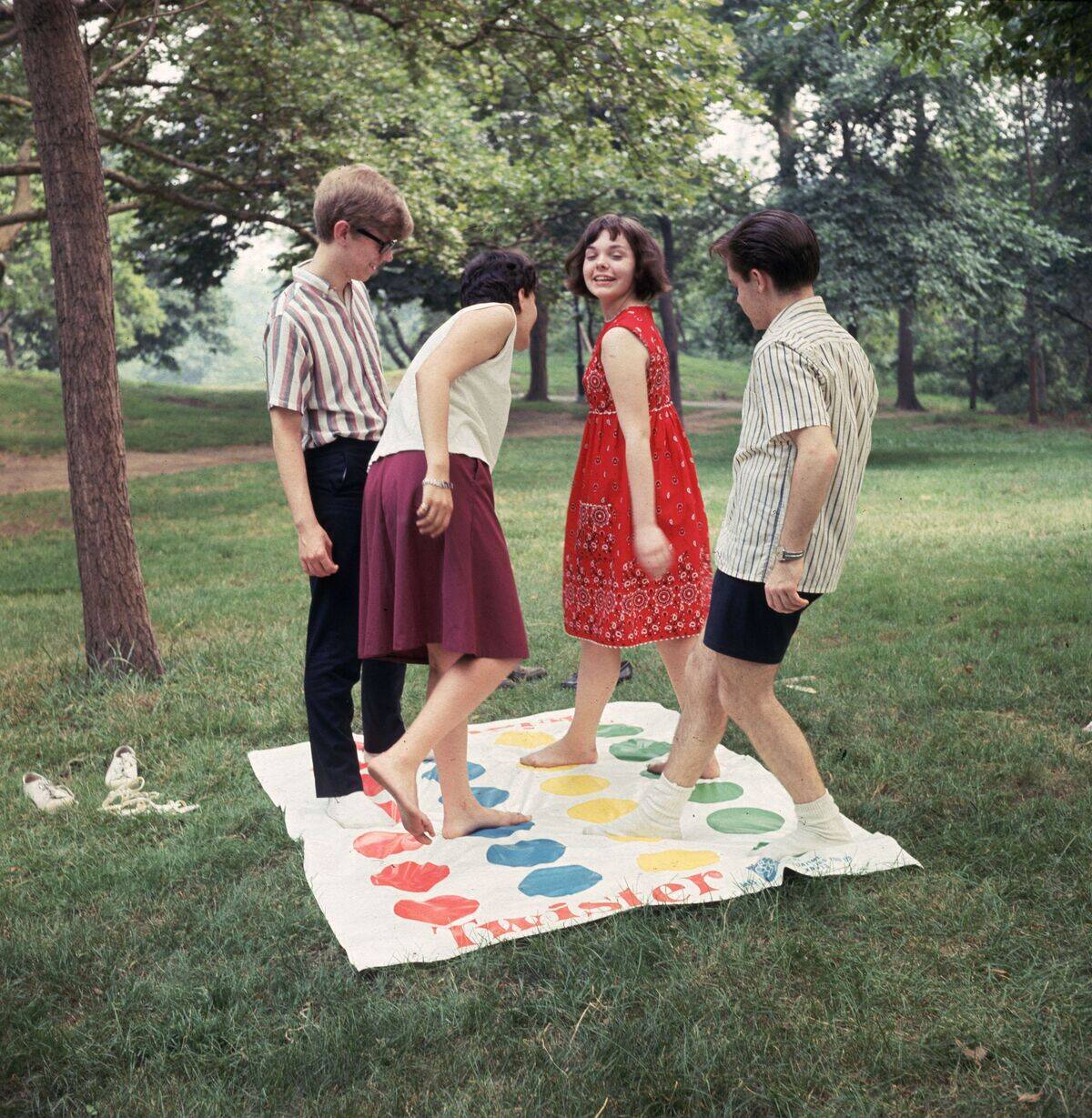
A popular party game for over half a century, Twister is a simple concept: Players use a spinner to determine which limb they need to place over a specific color on a large fold-out map.
The game leads to all sorts of awkward, silly, and competitive moments as players engage their inner contortionist and attempt to keep their balance.
Othello
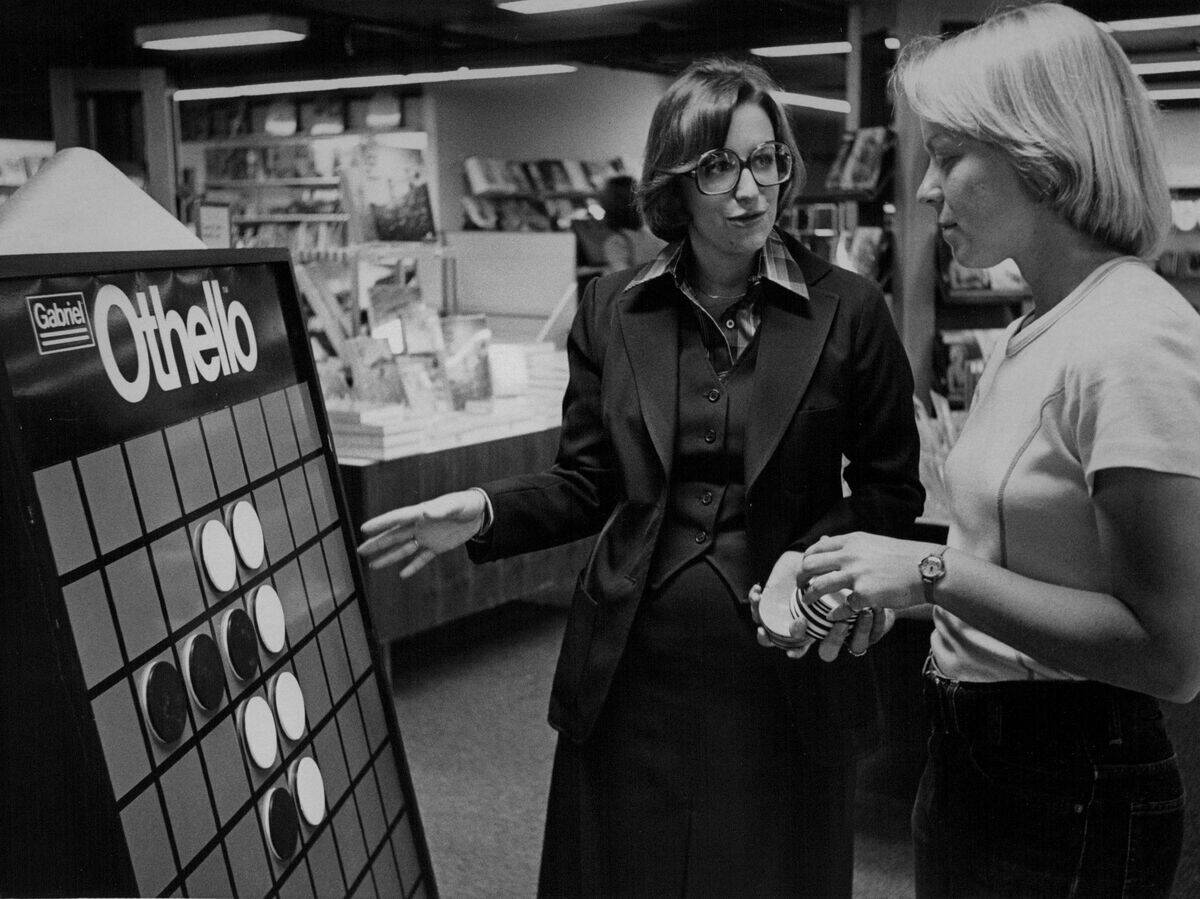
Also known as Reversi, this strategic board game was popularized by Milton Bradley in the 1960s and 1970s.
Players compete on a grid measuring eight squares by eight squares, taking turns to place white or black discs on the board. It was known as a game that was easy to learn, but difficult to master.
Mouse Trap
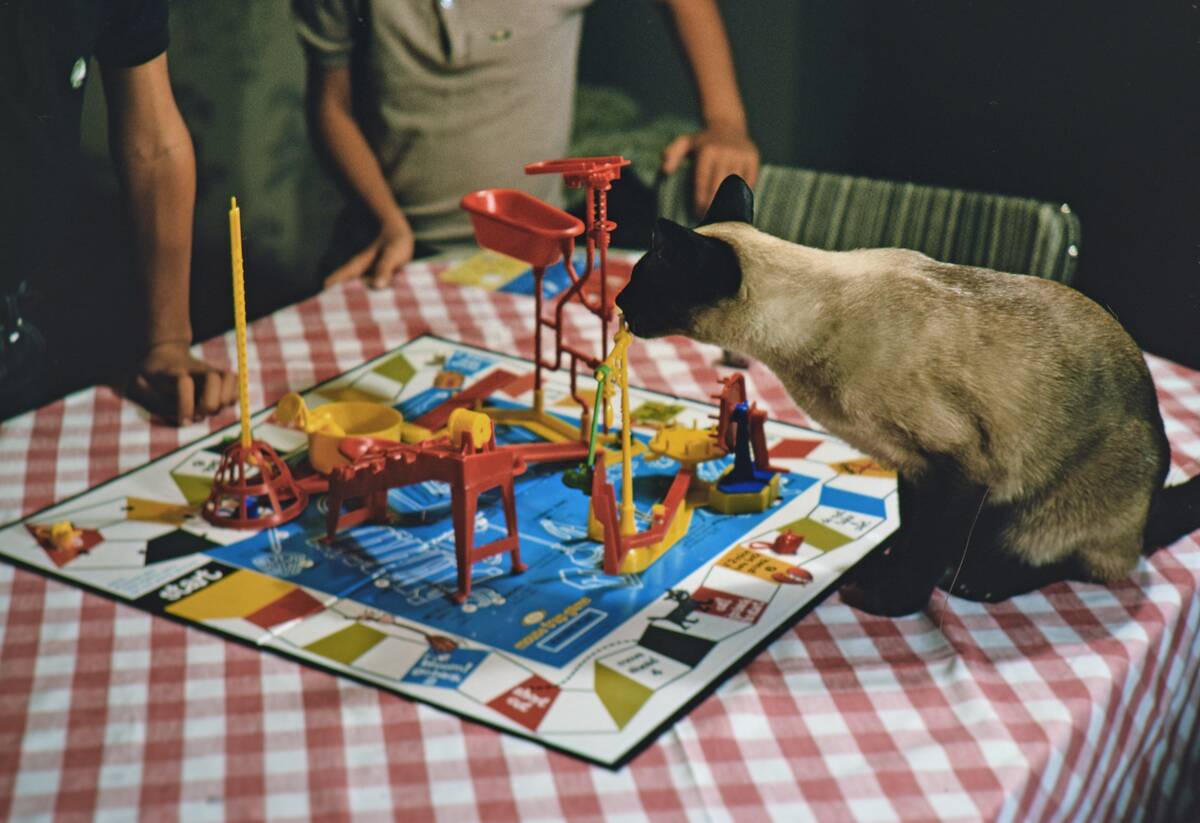
Known for its Rube Goldberg aesthetic and complicated set-up process, Mouse Trap challenges players to capture their opponents’ pieces.
The star of the show is the various colorful contraptions on the board, which can be triggered to “trap” opponents’ pieces.
Little People
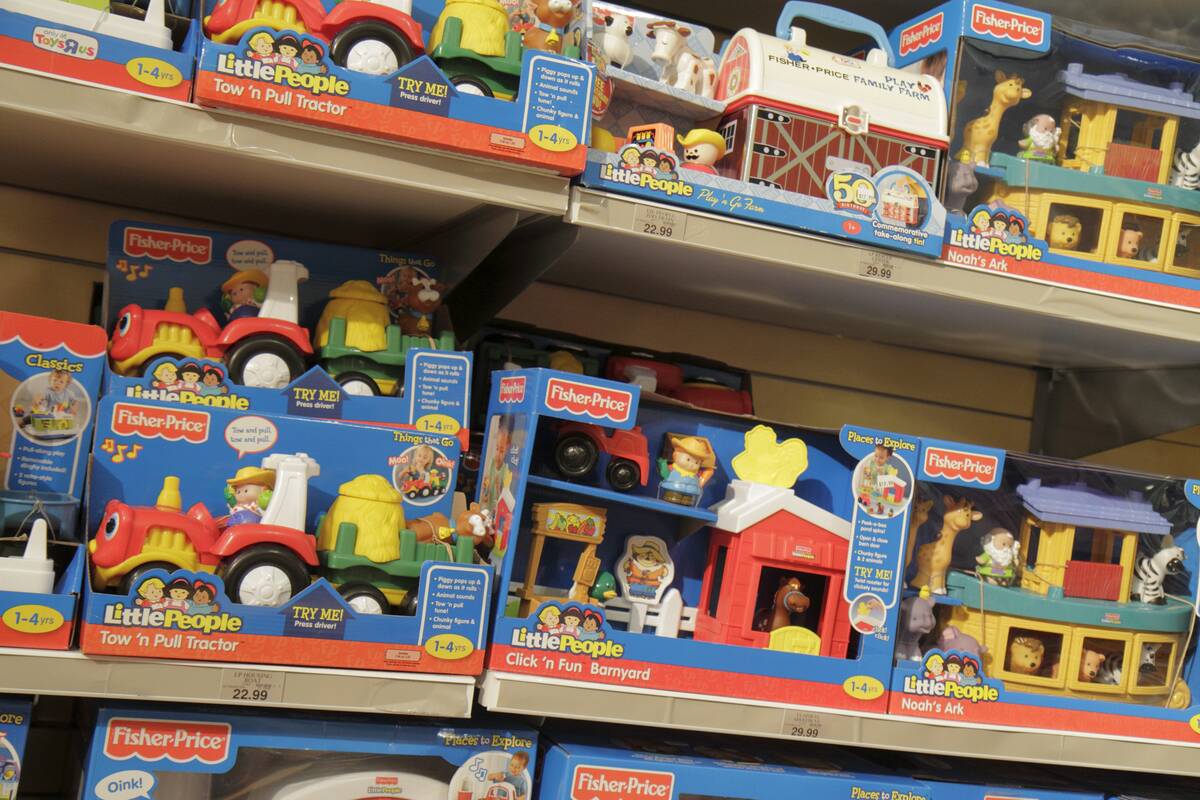
This lineup of cute toys, introduced by Fisher-Price in 1959, became a best-seller through the 1960s and ’70s.
Known for their pleasing colors and easy-to-handle shapes, these sturdy toys were perfect for toddlers to work on their fine motor skills.

